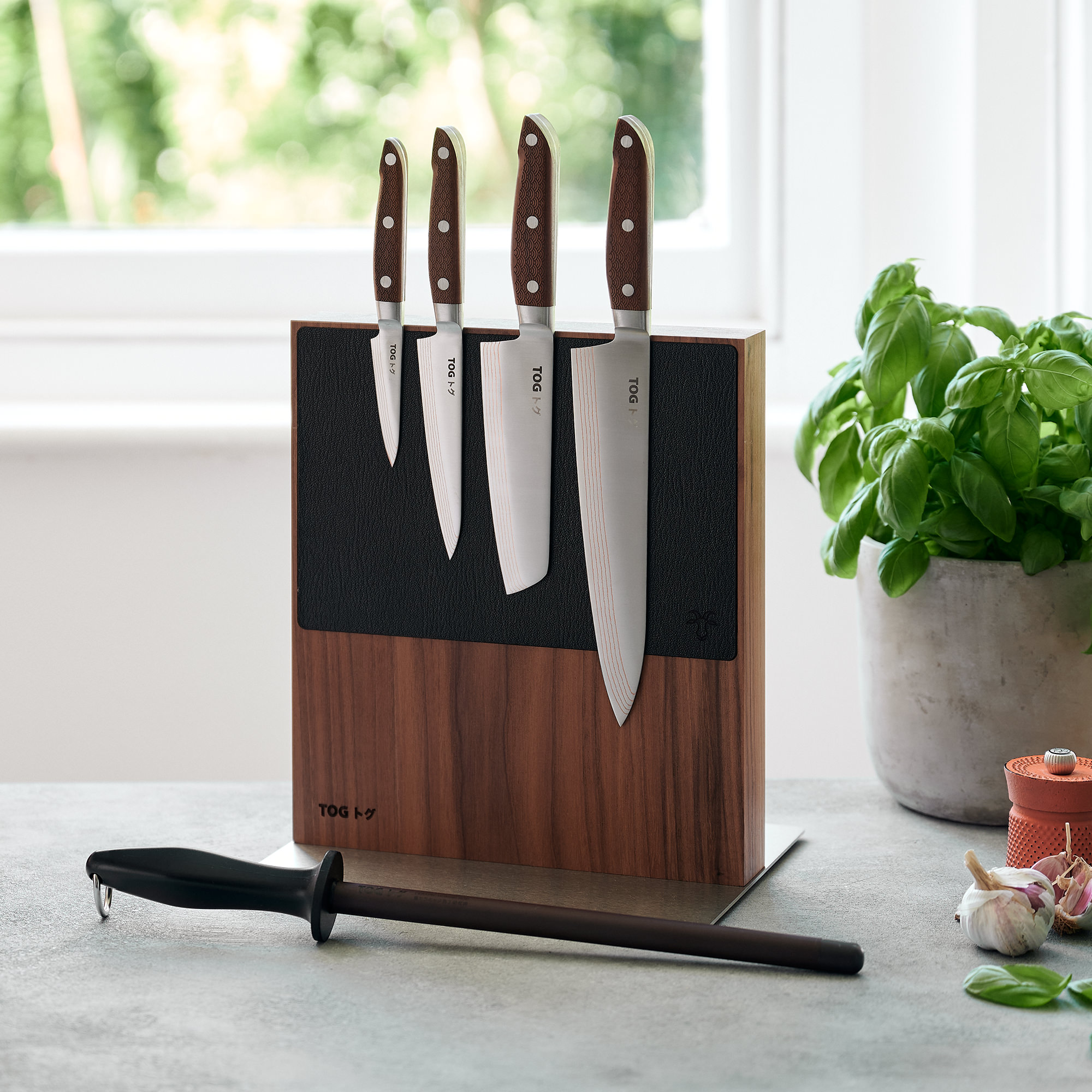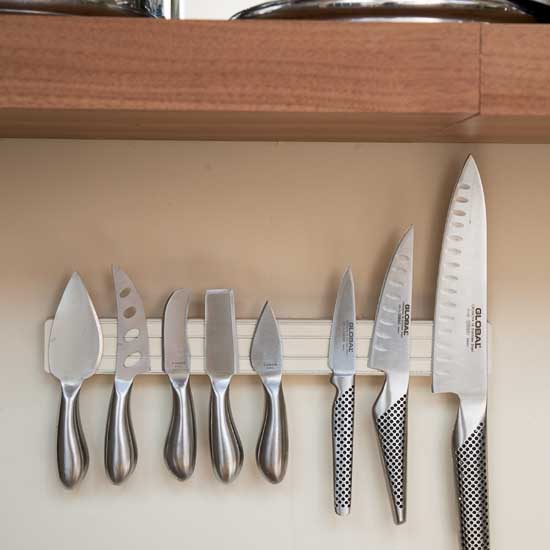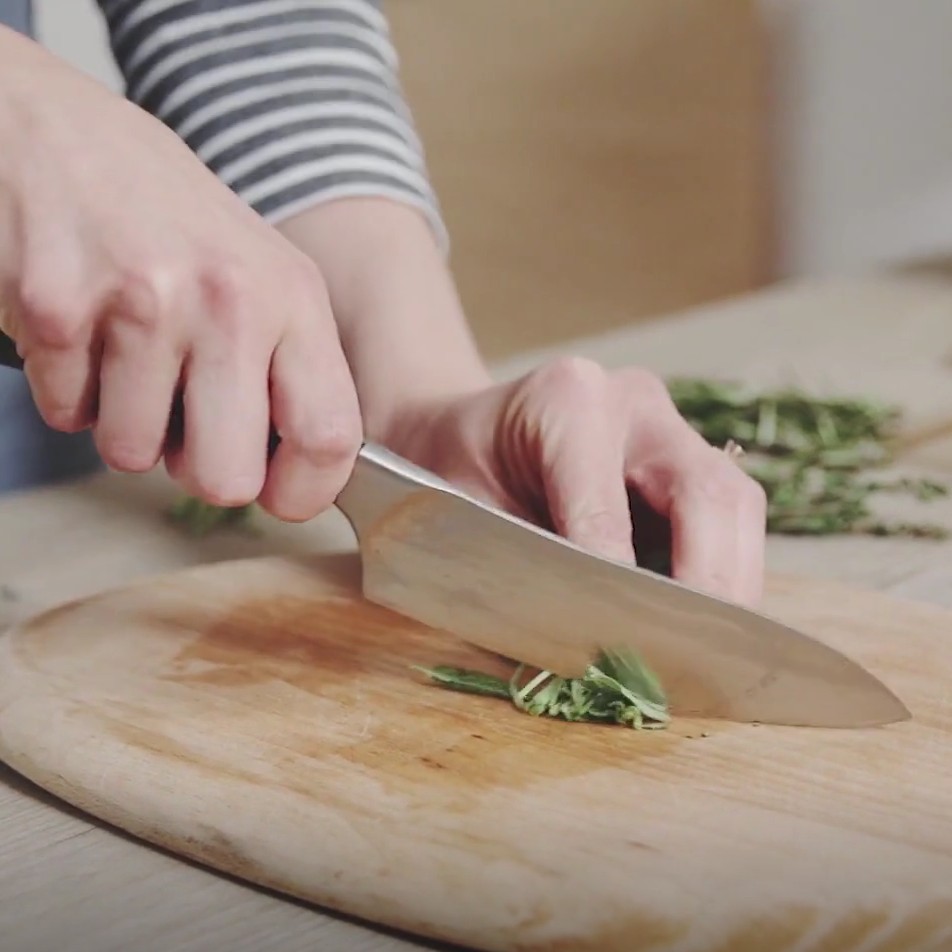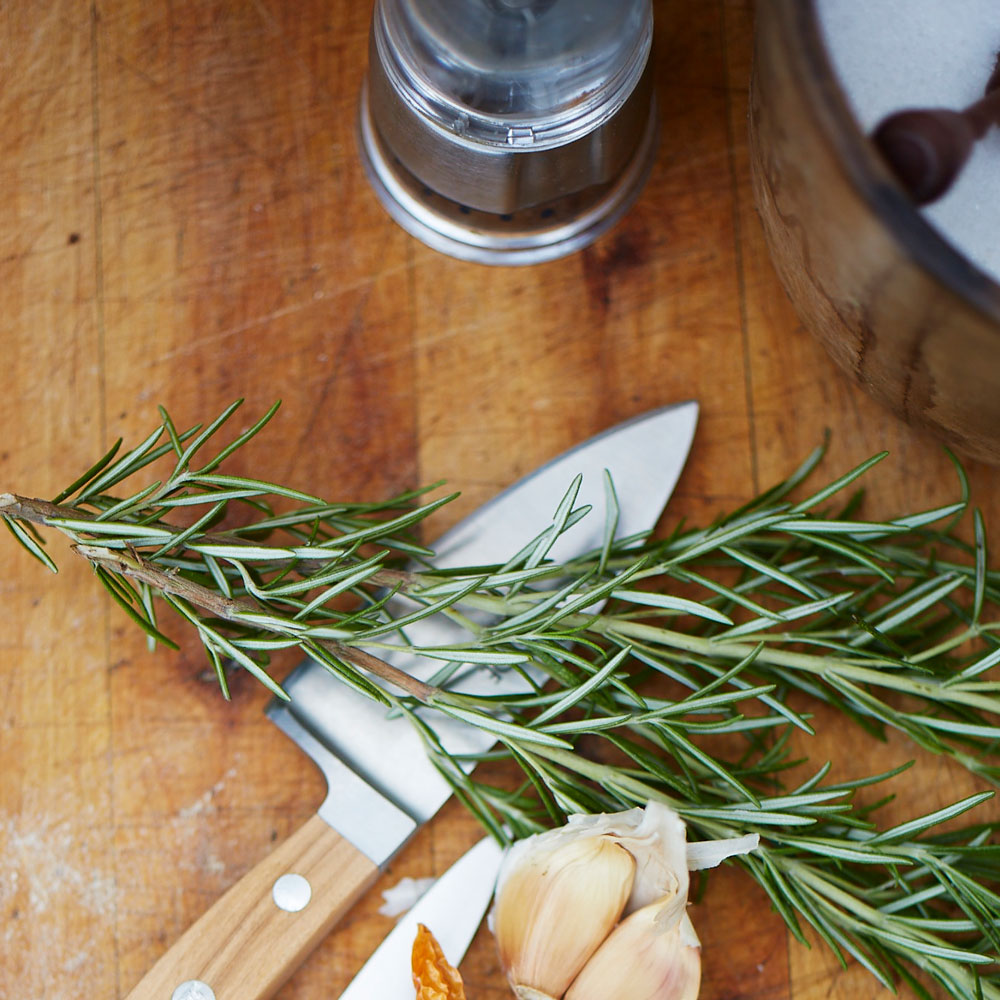
On my trip to Japan last year, one of the things that I was desperate to tick off my itinerary was buying a shiny new kitchen knife to take home with me.
After all, I knew that Japan had a reputation as the home of the best chef's knives. There, you can find a different type of blade for every cooking task, as well as a tradition of craftsmanship stretching back centuries.
So, if you don't have a jaunt to Japan on your horizons any time soon but you still want to invest in the best for your kitchen, this is my cheat sheet to buying the right Japanese knife for the job without making the thousands of miles round-trip.
Why should you buy a Japanese knife?
Japanese knives are held in high regard for a few different reasons. The first is the superior quality of materials they're made out of – often this is higher-carbon steel that maintains sharpness better than other types.
They also tend to have thinner blades, which makes for more precise cutting, as well as specific knife designs for isolated tasks.
Bert Beagley Brown, the founder of TOG Knives (which produces knives designed in the UK and then crafted in Japan) adds that the emphasis on quality also makes them very coveted.

'Japanese knives have earned a reputation as the best in the world due to the craftsmanship that goes into making them,' Bert says. Plus, the task-specific purpose of each kind of knife is another factor in their popularity. 'Traditional Japanese knives are mostly made for a specific purpose (eg. filleting fish (‘Deba') or slicing raw fish (‘Yanagiba’)).'
So, if it's the best of the best you're looking for, you can see why a Japanese knife would be on your radar. I'm not the only member of the Ideal Home team who loves using one when cooking at home.
'My husband’s obsessed with Japanese knives, mostly because they look cool, but also because they’re super sharp, perfectly balanced, and make everything quicker and neater to chop,' says Ideal Home's Senior Digital Editor Jenny McFarlane. 'And to be fair to him, our dinners do look pretty fancy these days!'
How to buy a Japanese knife
With buying something as specialist as a knife like this, it can be confusing to know where to start. I spoke to Tim Anderson, the MasterChef champion from 2011 and author of Hokkaido: Recipes from the Seas, Fields and Farmlands of Northern Japan (£20.97 at Amazon) for advice on where to begin.
'Every cook’s knife needs are different, so go to a specialist retailer like Kitchen Provisions or Kataba and tell them what you’re after,' says Tim.

If you can't make in-person shopping happen, the first thing to know is which type of Japanese knife is the right one to add to your collection.
'There are many many kinds of Japanese knives but most home cooks will just need a santoku or a gyuto to handle the vast majority of day-to-day cooking tasks,' says Tim. 'If you’ve already got a handy chef’s knife, Japanese knives are great for special jobs like boning or filleting.'
This is very similar to the knife I invested in on my trip to Japan, with a high carbon steel plate.
Importantly, as with the advice on how much to spend on kitchen knives generally, the real secret to successfully buying a Japanese knife is all in the maintenance.
'Japanese knives can often be difficult to sharpen at home, especially if they’re single-bevel, and carbon steel knives oxidise quickly, so they take a lot of looking after,' says Tim.
Bert Beagley Brown of TOG Knives adds 'If you’re spending a decent amount on a Japanese knife you’ll need to keep it sharp, so use a ceramic honing rod once a week.'
'Then every few months (or as necessary) either use a Japanese whetstone (it’s worth the time to learn) or a well-reviewed ‘wheel’ type pull-through sharpener that sharpens at 15 degrees.'

Generally, the thinner blade on Japanese knives also makes them less durable, which can be problematic. On this, Tim says 'Personally I like knives that are workhorses and can withstand a little abuse – and often these are not Japanese at all.'
That in mind, if you're brand new to Japanese knives, it might be worth considering different alternatives to get you started. Bert Beagley Brown says 'For a Western kitchen, look at ‘hybrid’ designs that can be more multi-purpose and a little less likely to chip.'
One brand that gets a lot of love (especially for their designs), is Allday Goods with their Everyday Santoku Knife (£140 at Sous Chef). And for a cheaper chef-recommended brand, you can't go wrong with the Victorinox Santoku Knife either (£52.17 at Amazon).
All things considered then, it seems that learning more about Japanese knives and cooking culture generally can never be a bad thing for your cooking. Do you already own a Japanese knife from a brand that you love? Let me know in the comments what your go-to brand is.







